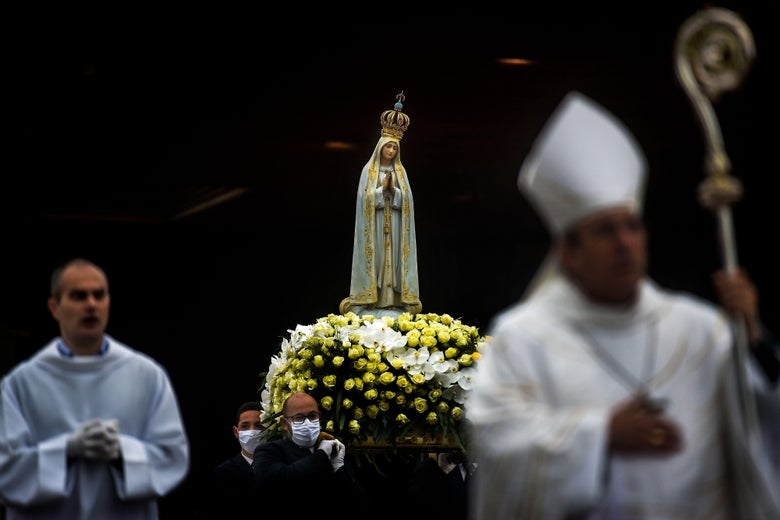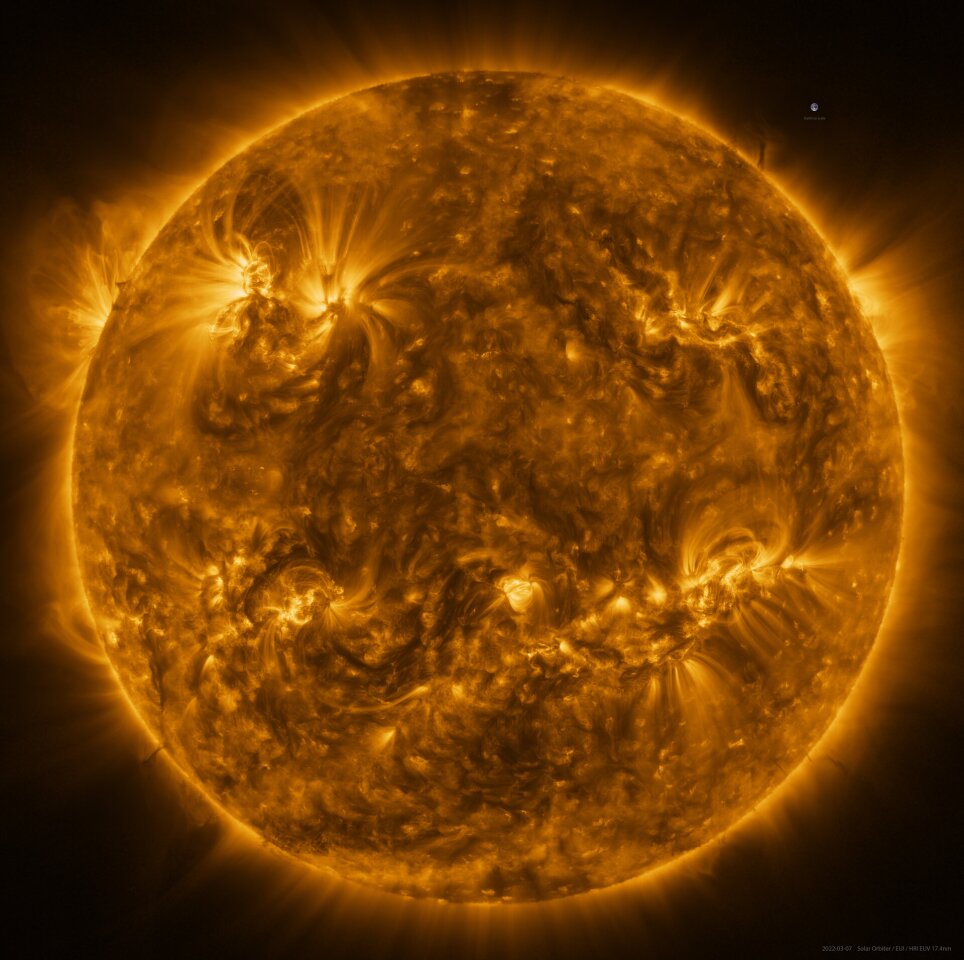Travis Gettys
March 25, 2022

Supporters of President Donald Trump protest on the steps of the U.S. Capitol building on Capitol Hill in Washington, D.C., on Wednesday, Jan. 6, 2021. - Yuri Gripas/Yuri Gripas/TNS
The shocking texts between Ginni Thomas and White House chief of staff Mark Meadows reveal the key role that Christian nationalism played in the efforts to overturn Donald Trump's election loss, according to experts on America's Christian right.
Meadows promised the wife of Supreme Court Justice Clarence Thomas that “King of Kings” would ultimately “triumph” in a "fight against good versus evil," and allow Trump to remain president despite his election loss, and Washington Post columnist Greg Sargent said the exchange was crucial to understanding the insurrection.
"We haven’t paid enough attention to the role of right-wing Christian nationalism in driving Trump’s effort to destroy our political order," Sargent wrote, "and in the abandonment of democracy among some on the right more broadly."
Many on the Christian right believe that Trump was "anointed" by God to fulfill their "goal of restoring the United States as a Christian nation," according to religious scholar Sarah Posner, and the former reality TV star became the unlikely focus for their hopes.
RELATED: Time for Clarence Thomas to step down after 'haunting the court for years': NYT editorial board member
"In this narrative, Trump — despite his glaring and repugnant personal imperfections — became the vessel to carry out the struggle to defeat various godless and secularist infestations of the idealized Christian nation, from the woke to globalists to communists to the 'deep state,'" Sargent wrote.
Right-wing Christians justified the violence carried out on Jan. 6 as necessary to their "holy war against an illegitimate state," Posner argued, and she said Meadows and Thomas both saw themselves as "soldiers in this spiritual battle."
The movement is inherently violent, according to Robert Jones, the founder and CEO of Public Religion Research Institute, who said right-wing Christians see their fight as existential.
“It is a violent reclamation movement,” Jones said. “If we’re going to move into the promise of a multireligious, multiethnic democracy, these forces are going to have to be confronted.”
NOW WATCH: GOP's Kevin McCarthy rejects calls for Clarence Thomas to recuse from Jan. 6 cases despite wife's involvement
Travis Gettys
March 25, 2022

MSNBC
Panelists on MSNBC's "Morning Joe" agreed that "unhinged" texts sent from Ginni Thomas to White House chief of staff Mark Meadows cast serious doubt on the integrity of the U.S. Supreme Court.
Thomas, the wife of Justice Clarence Thomas, urged Meadows to help overturn Donald Trump's 2020 election loss, and Washington Post columnist Eugene Robinson was shocked by the fringe conspiracy theories she used to justify her efforts to subvert democracy.
"These texts from Ginni Thomas are completely unhinged," Robinson said. "The thing that gets me is that she is arguing that Sidney Powell, the lawyer, be the sort of face and voice of the resistance, I guess, or of, you know, true democracy or of the Trump cult. This is after Donald Trump himself has decided that Sidney Powell is off the rails and is not making sense, but Ginni Thomas is still right in there with her to the bitter end. It's just amazing, this radicalization or -- I don't know what you would call it -- of the Republican Party, of the conservative movement in Washington is just astounding."
Co-host Mika Brzezinski wondered whether Clarence Thomas shared his wife's views or whether he knew about her communications with Meadows when he ruled on a case regarding Trump's presidential records.
RELATED: 'Really sick stuff': Morning Joe lays waste to Ginni Thomas-Mark Meadows election plot
"Did it penetrate the Supreme Court?" Brzezinski asked. "Was the Supreme Court justice's decision compromised? That is the question."
Washington Post investigative reporter Carol Leonnig said the situation put Chief Justice John Roberts under tremendous pressure to protect the court's reputation.
"I would say Chief Justice Roberts is in a terrible pickle because of this," Leonnig said, "and it raises, you said, Mika, and it also raises a question of when does a Supreme Court justice recuse himself? When will this happen in this appearance of a conflict?"















